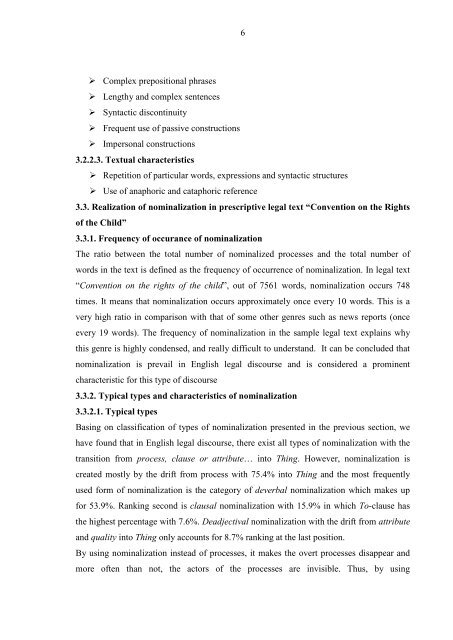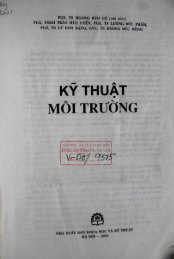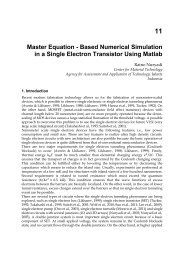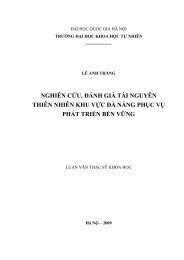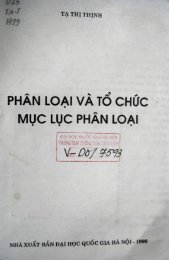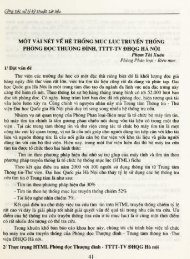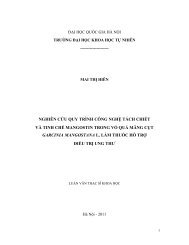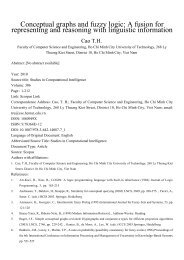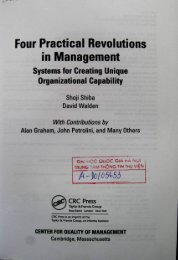NOMINALIZATION IN LEGAL DISCOURSE: A SYSTEMIC ...
NOMINALIZATION IN LEGAL DISCOURSE: A SYSTEMIC ...
NOMINALIZATION IN LEGAL DISCOURSE: A SYSTEMIC ...
You also want an ePaper? Increase the reach of your titles
YUMPU automatically turns print PDFs into web optimized ePapers that Google loves.
Ø Complex prepositional phrases<br />
Ø Lengthy and complex sentences<br />
Ø Syntactic discontinuity<br />
Ø Frequent use of passive constructions<br />
Ø Impersonal constructions<br />
3.2.2.3. Textual characteristics<br />
Ø Repetition of particular words, expressions and syntactic structures<br />
Ø Use of anaphoric and cataphoric reference<br />
6<br />
3.3. Realization of nominalization in prescriptive legal text “Convention on the Rights<br />
of the Child”<br />
3.3.1. Frequency of occurance of nominalization<br />
The ratio between the total number of nominalized processes and the total number of<br />
words in the text is defined as the frequency of occurrence of nominalization. In legal text<br />
“Convention on the rights of the child”, out of 7561 words, nominalization occurs 748<br />
times. It means that nominalization occurs approximately once every 10 words. This is a<br />
very high ratio in comparison with that of some other genres such as news reports (once<br />
every 19 words). The frequency of nominalization in the sample legal text explains why<br />
this genre is highly condensed, and really difficult to understand. It can be concluded that<br />
nominalization is prevail in English legal discourse and is considered a prominent<br />
characteristic for this type of discourse<br />
3.3.2. Typical types and characteristics of nominalization<br />
3.3.2.1. Typical types<br />
Basing on classification of types of nominalization presented in the previous section, we<br />
have found that in English legal discourse, there exist all types of nominalization with the<br />
transition from process, clause or attribute… into Thing. However, nominalization is<br />
created mostly by the drift from process with 75.4% into Thing and the most frequently<br />
used form of nominalization is the category of deverbal nominalization which makes up<br />
for 53.9%. Ranking second is clausal nominalization with 15.9% in which To-clause has<br />
the highest percentage with 7.6%. Deadjectival nominalization with the drift from attribute<br />
and quality into Thing only accounts for 8.7% ranking at the last position.<br />
By using nominalization instead of processes, it makes the overt processes disappear and<br />
more often than not, the actors of the processes are invisible. Thus, by using


